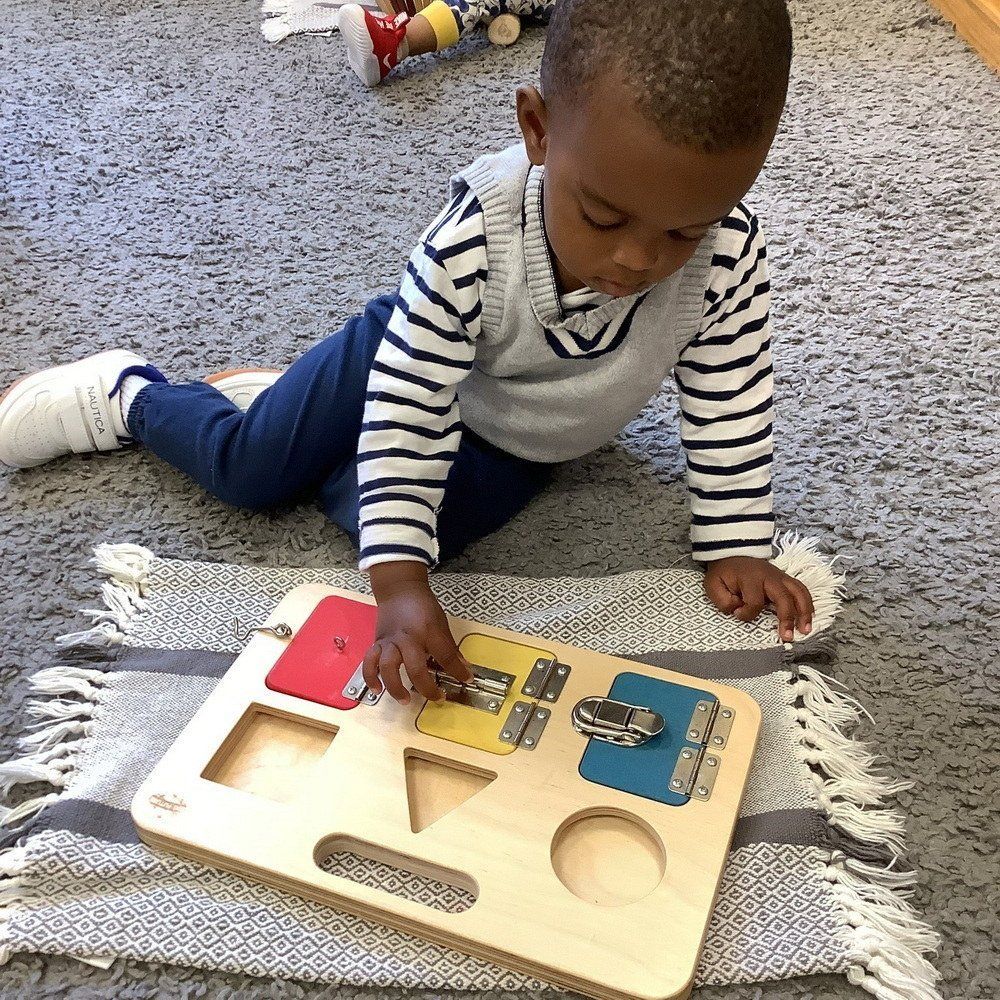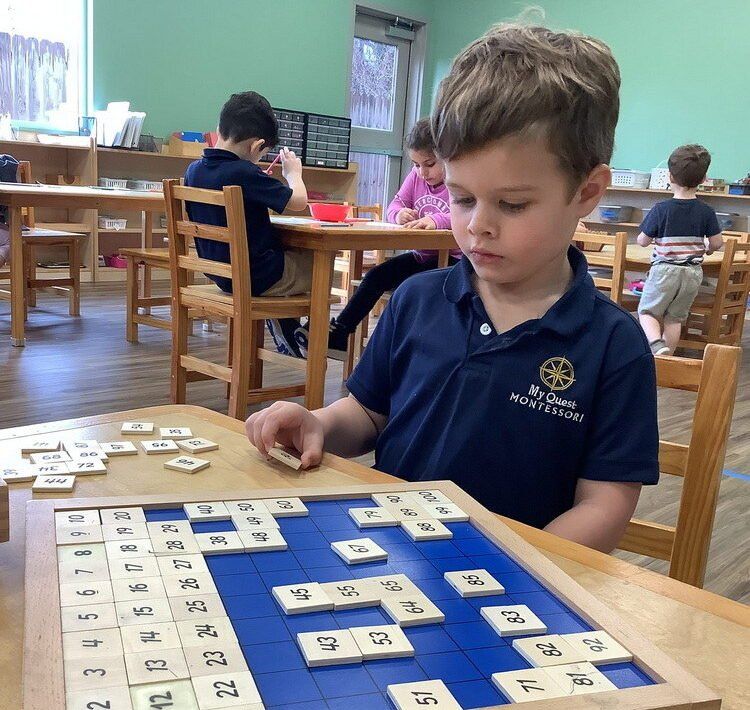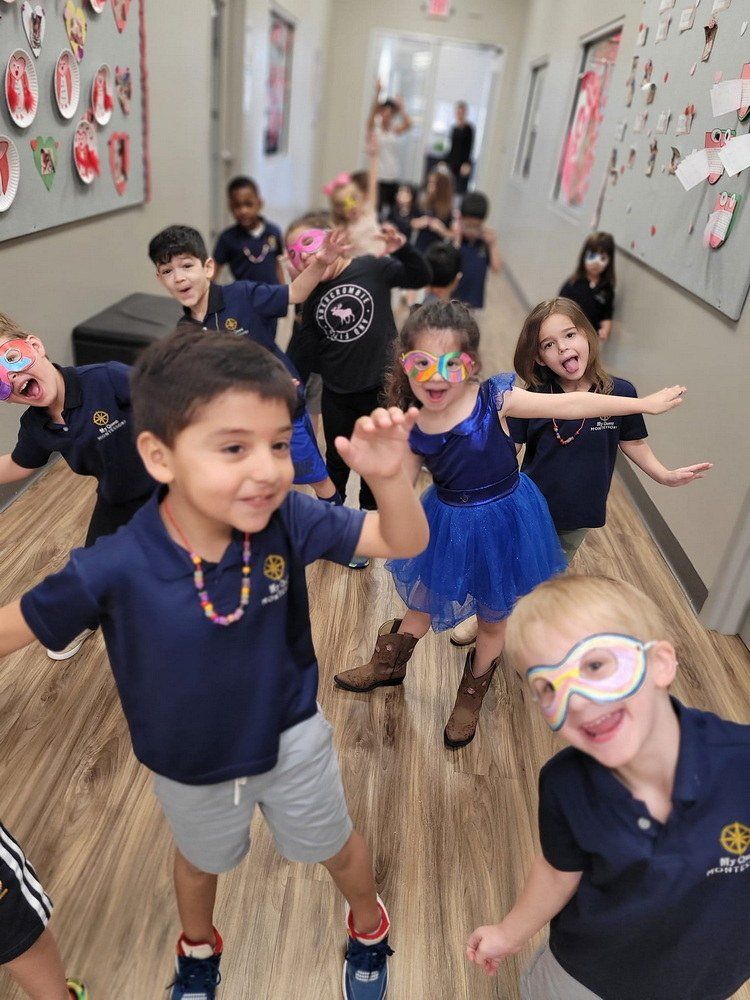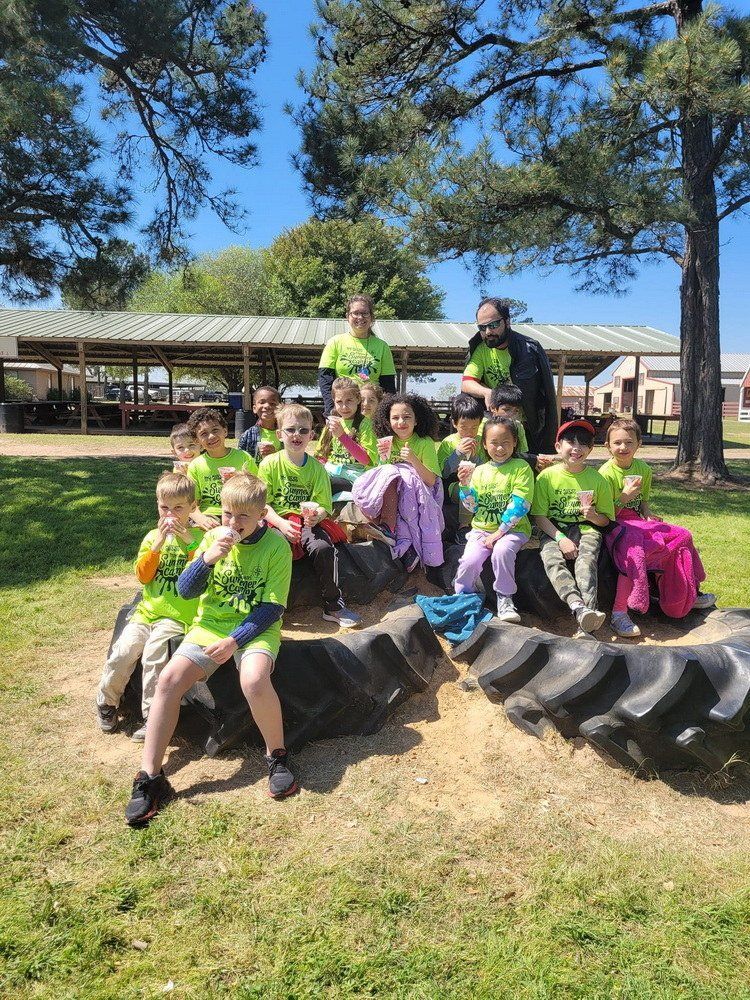Discover the Joy of Learning
A Montessori school for children ages 6 months to 6 years
Our Mission
Our mission is to provide a comprehensive Montessori program that nurtures the emotional, intellectual, physical, and social growth of every student. We believe that each child is unique and should have the opportunity to reach their full potential in a supportive and academic environment.
Why do so many families choose Montessori?
Individualized Learning
Lessons are designed and given to individual children when they are most ready to learn.
Whole Child Education
Social, emotional, and physical development are emphasized along with academic skills.
Supported by Research
Current neurology and human development research consistently backs Montessori.
Our Programs
Parent Reviews
Our 3 kids love going to My Quest Montessori! Our oldest started in 2020 and we’ve been with the school ever since. From the infant class all the way to after school programs and summer camp, our kids are learning and having fun. Anytime we have questions or concerns they are addressed immediately and we truly feel they are in great hands!
— Erin Azzam
My son attends My Quest Montessori, I have nothing but great experiences to say. My son has grown tremendously on his education, social skills, overall! The staff is amazing, always so welcoming. If your are looking for a place for your little ones, this is it! My son never wants to leave at the end of the day because the kids are always doing fun/learning activities that keep them engaged. Great place highly recommend!
— Ingrid Tavares










